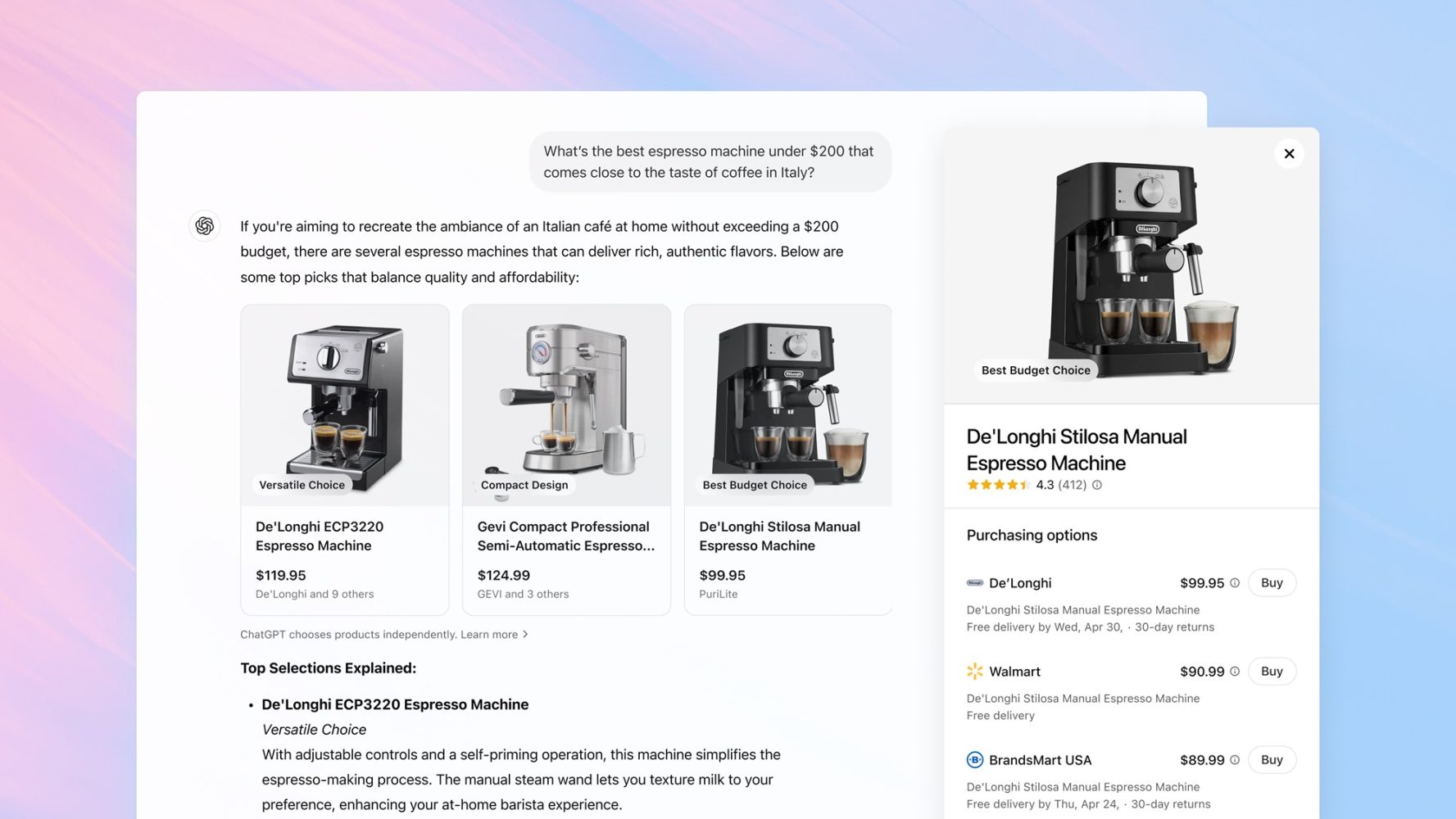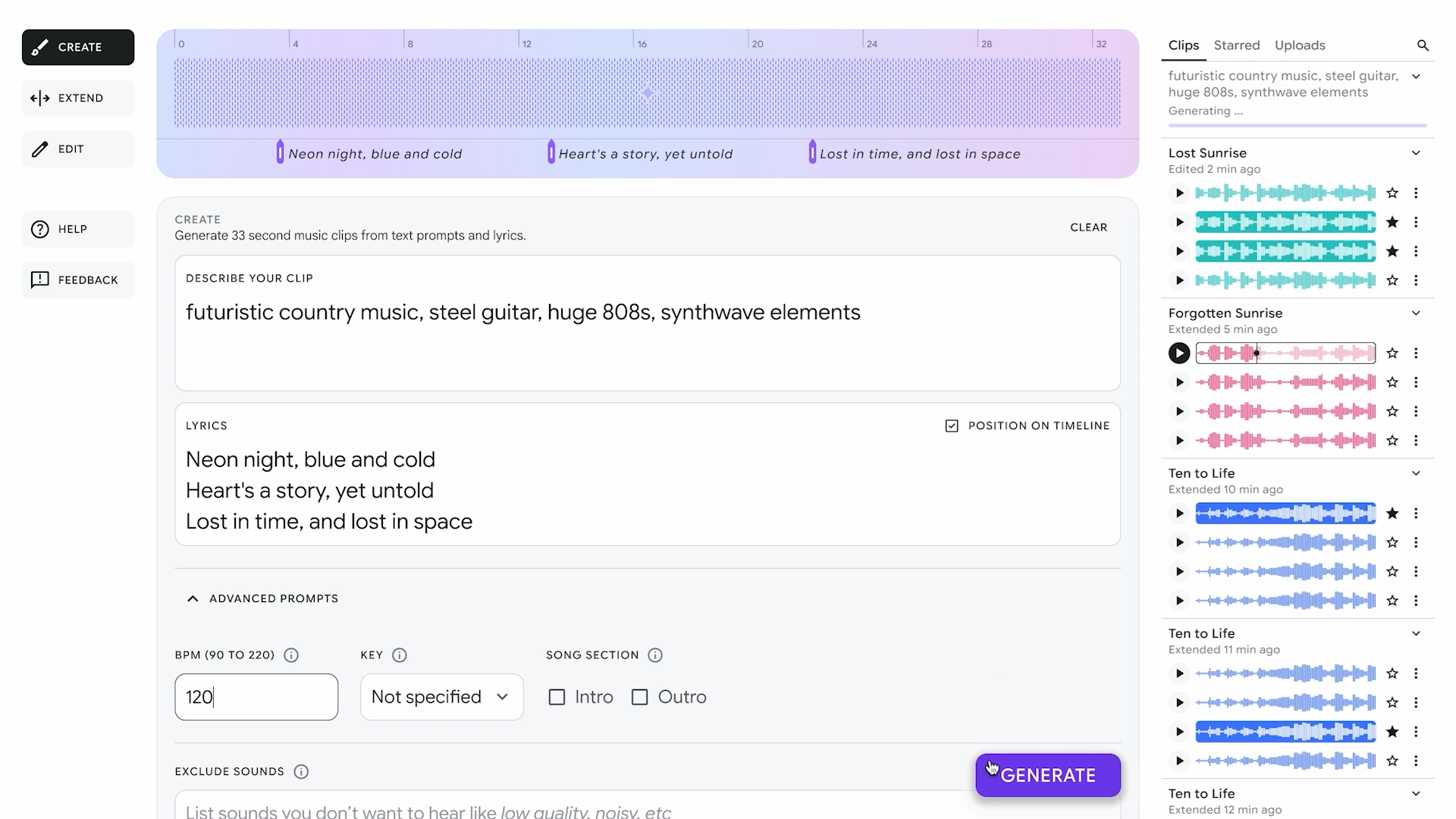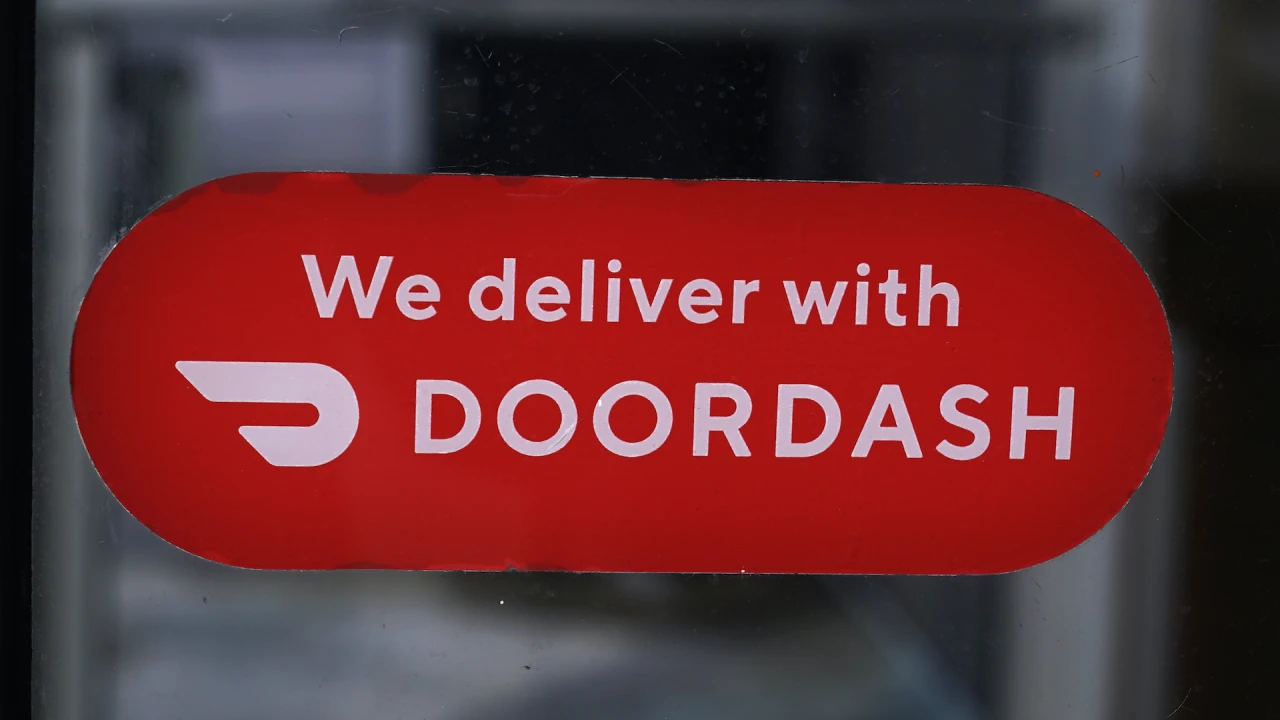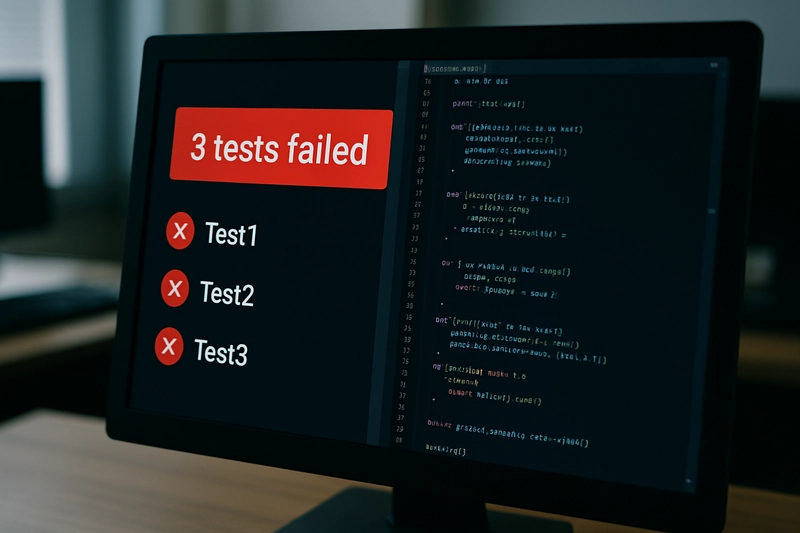Strong Typing is a Security Blanket for Weak Developers
Let’s get something out of the way: strong typing didn’t make your code safer, smarter, or more scalable. It just made you feel better about yourself. Like wearing a helmet indoors. Developers love to worship TypeScript, Java, Rust, and the whole cathedral of compile-time guarantees. “It’ll catch bugs before runtime!” they cry. Right—and bubble-wrapping your keyboard might prevent carpal tunnel too. But let’s be honest: the real bugs, the ones that nuke prod at 2 AM, aren’t caught by type checkers. They’re logic errors. Broken business rules. Misunderstood requirements. You know, human stuff. Type safety can’t save you from that. You can have the most strongly typed app on Earth and still ship something utterly useless. Meanwhile, you’re stuck massaging the compiler’s ego. Spend 10 minutes solving a problem, then 40 more appeasing your linter overlords. Feels safe. Moves slow. Adds zero business value. You ever seen a product die because it lacked strict types? Me neither. But I’ve seen plenty stall out because developers were too busy debating union types versus discriminated unions while the backlog caught fire. Now, I’m not here to burn strong typing to the ground. In large, long-lived codebases? With a revolving door of devs and decades of technical debt? Strong typing becomes a survival tactic. It’s documentation that actually compiles. Guardrails that catch the guy three hires from now. When your codebase is older than your interns, types keep the chaos from devouring the team whole. But here’s where it gets interesting: the real beauty lies in the middle ground. Some languages—JavaScript, for example—don’t force you to pick a religion. You can write fast, flexible code when you’re prototyping, then add structure later with tools like JSDoc or migrate selectively into TypeScript. You’re not locked in a static dungeon—you choose how much safety you want, where you want it. It’s like having training wheels that come off when you’re ready. Or better: a speed limiter you can toggle when things get twisty. So yeah—strong typing is the way forward for complex, enterprise-grade monstrosities. But don’t mistake it for a virtue. It’s not better, it’s just right for that job. Real engineering isn’t about joining the cult of types or dynamic freedom. It’s about using the right tool at the right time—and knowing when to drop the hammer and just ship.

Let’s get something out of the way: strong typing didn’t make your code safer, smarter, or more scalable. It just made you feel better about yourself. Like wearing a helmet indoors.
Developers love to worship TypeScript, Java, Rust, and the whole cathedral of compile-time guarantees. “It’ll catch bugs before runtime!” they cry. Right—and bubble-wrapping your keyboard might prevent carpal tunnel too.
But let’s be honest: the real bugs, the ones that nuke prod at 2 AM, aren’t caught by type checkers. They’re logic errors. Broken business rules. Misunderstood requirements. You know, human stuff. Type safety can’t save you from that. You can have the most strongly typed app on Earth and still ship something utterly useless.
Meanwhile, you’re stuck massaging the compiler’s ego. Spend 10 minutes solving a problem, then 40 more appeasing your linter overlords. Feels safe. Moves slow. Adds zero business value.
You ever seen a product die because it lacked strict types? Me neither. But I’ve seen plenty stall out because developers were too busy debating union types versus discriminated unions while the backlog caught fire.
Now, I’m not here to burn strong typing to the ground. In large, long-lived codebases? With a revolving door of devs and decades of technical debt? Strong typing becomes a survival tactic. It’s documentation that actually compiles. Guardrails that catch the guy three hires from now. When your codebase is older than your interns, types keep the chaos from devouring the team whole.
But here’s where it gets interesting: the real beauty lies in the middle ground. Some languages—JavaScript, for example—don’t force you to pick a religion. You can write fast, flexible code when you’re prototyping, then add structure later with tools like JSDoc or migrate selectively into TypeScript. You’re not locked in a static dungeon—you choose how much safety you want, where you want it. It’s like having training wheels that come off when you’re ready. Or better: a speed limiter you can toggle when things get twisty.
So yeah—strong typing is the way forward for complex, enterprise-grade monstrosities. But don’t mistake it for a virtue. It’s not better, it’s just right for that job. Real engineering isn’t about joining the cult of types or dynamic freedom. It’s about using the right tool at the right time—and knowing when to drop the hammer and just ship.

































































































































































![[The AI Show Episode 143]: ChatGPT Revenue Surge, New AGI Timelines, Amazon’s AI Agent, Claude for Education, Model Context Protocol & LLMs Pass the Turing Test](https://www.marketingaiinstitute.com/hubfs/ep%20143%20cover.png)










































































































































































































































































_Muhammad_R._Fakhrurrozi_Alamy.jpg?width=1280&auto=webp&quality=80&disable=upscale#)
_NicoElNino_Alamy.jpg?width=1280&auto=webp&quality=80&disable=upscale#)

























































































![macOS 15.5 beta 4 now available for download [U]](https://i0.wp.com/9to5mac.com/wp-content/uploads/sites/6/2025/04/macOS-Sequoia-15.5-b4.jpg?resize=1200%2C628&quality=82&strip=all&ssl=1)















![AirPods Pro 2 With USB-C Back On Sale for Just $169! [Deal]](https://www.iclarified.com/images/news/96315/96315/96315-640.jpg)
![Apple Releases iOS 18.5 Beta 4 and iPadOS 18.5 Beta 4 [Download]](https://www.iclarified.com/images/news/97145/97145/97145-640.jpg)
![Apple Seeds watchOS 11.5 Beta 4 to Developers [Download]](https://www.iclarified.com/images/news/97147/97147/97147-640.jpg)
![Apple Seeds visionOS 2.5 Beta 4 to Developers [Download]](https://www.iclarified.com/images/news/97150/97150/97150-640.jpg)





































![Apple Seeds Fourth Beta of iOS 18.5 to Developers [Update: Public Beta Available]](https://images.macrumors.com/t/uSxxRefnKz3z3MK1y_CnFxSg8Ak=/2500x/article-new/2025/04/iOS-18.5-Feature-Real-Mock.jpg)
![Apple Seeds Fourth Beta of macOS Sequoia 15.5 [Update: Public Beta Available]](https://images.macrumors.com/t/ne62qbjm_V5f4GG9UND3WyOAxE8=/2500x/article-new/2024/08/macOS-Sequoia-Night-Feature.jpg)

























































